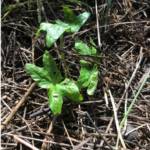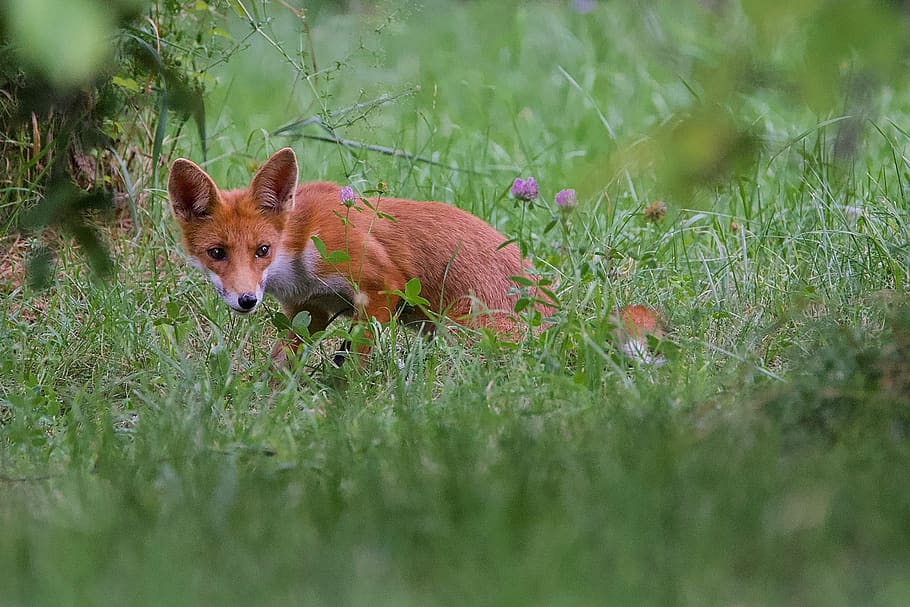Protected Magazine
Technical Highlights: Invasive Plant & Animal Research 21-22
Introduction
This document summarises the 2021–22 program of the Invasive Plants and Animals Research group in Biosecurity Queensland.
Our applied research program aims to better manage Queensland’s worst weeds and pest animals, reducing their impacts on agriculture, the environment and the community.
Our work is undertaken at four centers across the state:
* Ecosciences Precinct, Dutton Park
* Pest Animal Research Centre, Toowoomba
* Tropical Weeds Research Centre, Charters Towers
* Tropical Weeds Research Centre, South Johnstone.
We also collaborate with numerous Queensland, interstate and overseas organisations.
Higher degree students are supported to work on several research projects in weed and pest animal management.
The research projects summarised in this document cover the development of effective control strategies and methods (e.g. biological control and herbicides), as well as improved knowledge of pest species’ biology and assessment of pest impact.
Invasive plant research
* Our weed biological control program has been supported by external funding bodies that are detailed at the end on this report. AgriFutures and the Australian Government have funded overseas surveys and host testing for biological control agents for prickly acacia, Navua sedge, giant rat’s tail grass and clidemia since 2020. This work is drawing to a close in early 2023. Approval to release some agents (e.g. prickly acacia) is expected and imminent, but others will need further assessment. That further work was always required but can be undertaken optimistically following the initial work funded by AgriFutures. The next stage for these projects will be supported by Biosecurity Queensland, the Land Protection Fund, the Australian Government and hopefully others.
* Other weeds with current biological control projects include cat’s claw creeper, lantana, parthenium, bellyache bush, chinee apple, sicklepod, Solanum orvum, Urena lobata, Singapore daisy, African tulip tree, harrisia and opuntioid cacti.
* Weed biological control involves laboratory trials, overseas exploration and overseas testing which are collectively time consuming and expensive. We continue to work with collaborators to most efficiently use available resources to find and test biological control agents for weeds. To that end, a draft 20-year national weed biological control pipeline strategy has been released by the Centre for Invasive Species Solutions (CISS). This outlines a process for prioritising weed biological control targets and a framework for investment.
* We are mass-rearing and releasing approved biological control agents for Siam weed, parkinsonia and Cylindropuntia cacti. We are monitoring the releases of previously released biological control agents (e.g. cat’s claw creeper, parthenium) to determine their establishment, spread and impact. This will help decide when releases can cease, the need for other agents or control methods, and to evaluate the benefit of biological control.
* For giant rat’s tail grass, we are testing the pathogenicity and host-specificity of native and introduced pathogens. These could be used as classical biological control and mycoherbicides. We are also optimising the use of wick wipers to selectively apply herbicides. Projects are gathering data on the use of flupropanate, fertiliser and fire to manage giant rat’s tail grass in a range of situations.
* Projects continue to support state and national eradication programs for numerous weeds, including red witchweed, miconia, mikania, limnocharis and white ball acacia. We carry out ecological studies to determine seed bank persistence and age to maturity, developing control methods and techniques to monitor eradication progress. A combination of a false host crop of soybean and ethylene fumigation has the potential to eradicate red witchweed (an obligate parasite of sugarcane, corn and other grasses) in 4–5 years.
* Herbicide trials are being conducted for several weeds including Siam weed, sicklepod, gamba grass, Aleman grass, bogmoss and weedy shrubs and trees. Extensive trials have found that flumioxazin (under the product name Clipper®) provides excellent control of many aquatic weeds including cabomba and Amazon frogbit, with low risk to aquatic fauna. Another herbicide, Procellacor, is also showing promise for other aquatic weeds.
* We are studying the ecology of several weeds to assist management. Information gained, such as seed longevity and age at maturity, helps to determine the timing and duration of treatment at a site. For Siam weed, results from collaborative research with the Northern Territory on the weed’s ecology and control with herbicide and fire will be incorporated into a best practice management manual.
* We are reviewing a list of over 200 emerging weed species in Queensland to determine their priority for management. Ideally, limited resources should be directed now before the weeds are widespread and abundant. Problematic weeds have common traits and are likely to be predictable.

Pest animal research.
* The Centre for Invasive Species Solutions has supported several pest animal projects through both funding and collaboration. These projects have been completed with reports available on the CISS website (https://invasives.com.au/our-publications).
* We are hoping that CISS will be funded beyond 2022 to support a new portfolio of projects that we have helped develop. This new portfolio includes projects to improve weed management.
* We had hoped to monitor the movement and feeding behaviour of wild dogs on north Queensland cattle properties. Logistical problems have delayed this work. It should provide quantification of wild dog impacts on cattle production, complementing previous assessments. Other projects have led to more effective baiting rates for wild dogs in southern Queensland, a guide to best practice management of peri-urban wild dogs and an evaluation of the impacts of cluster fencing on livestock production and wildlife, and the cost-effectiveness of the technique.
* Surveillance methods have been developed for two high-risk pest animals, red-eared slider turtles and Asian black-spined toads. Environmental DNA, call lures and traps can detect incursions. However, sampling using these tools needs to be sufficient to detect incursions with an acceptable probability.
* Best practice guidelines for deer management are being completed and will be available on the Pestsmart website (https://pestsmart.org.au/). Management guidelines are also being documented for peri-urban deer and wild dogs. Workshops for best practice management of wild deer were delivered to pest managers in southern and central Queensland in 2022.
* Our collaboration with NSW Department of Primary Industries has resulted in several publications on aspects of cost-effective management of deer in peri-urban, agricultural and conservation settings. A special issue of Wildlife Research will be dedicated to the ecology, impacts and management of wild deer in Australasia, with publication expected in early 2023.
* Rabbit management relies heavily on biological control, but disease impacts wax and wane in the short to medium term. In the longer term, population immunity increases while virulence declines in the biological control (at least with myxomatosis). Removing productive rabbit breeding sites (warrens, log piles) can compensate for dwindling biological control effectiveness and keep populations low following declines through drought or disease. This strategy is being evaluated in southern Queensland.
* There is renewed interest in feral pig management, particularly given the current threat of exotic livestock diseases that can be spread by pigs. Our projects cover optimal use of baits and associated permits, and broad-scale management strategies. This work has required field studies using radio telemetry, assessment of control programs, habitat modelling and development of survey techniques.


